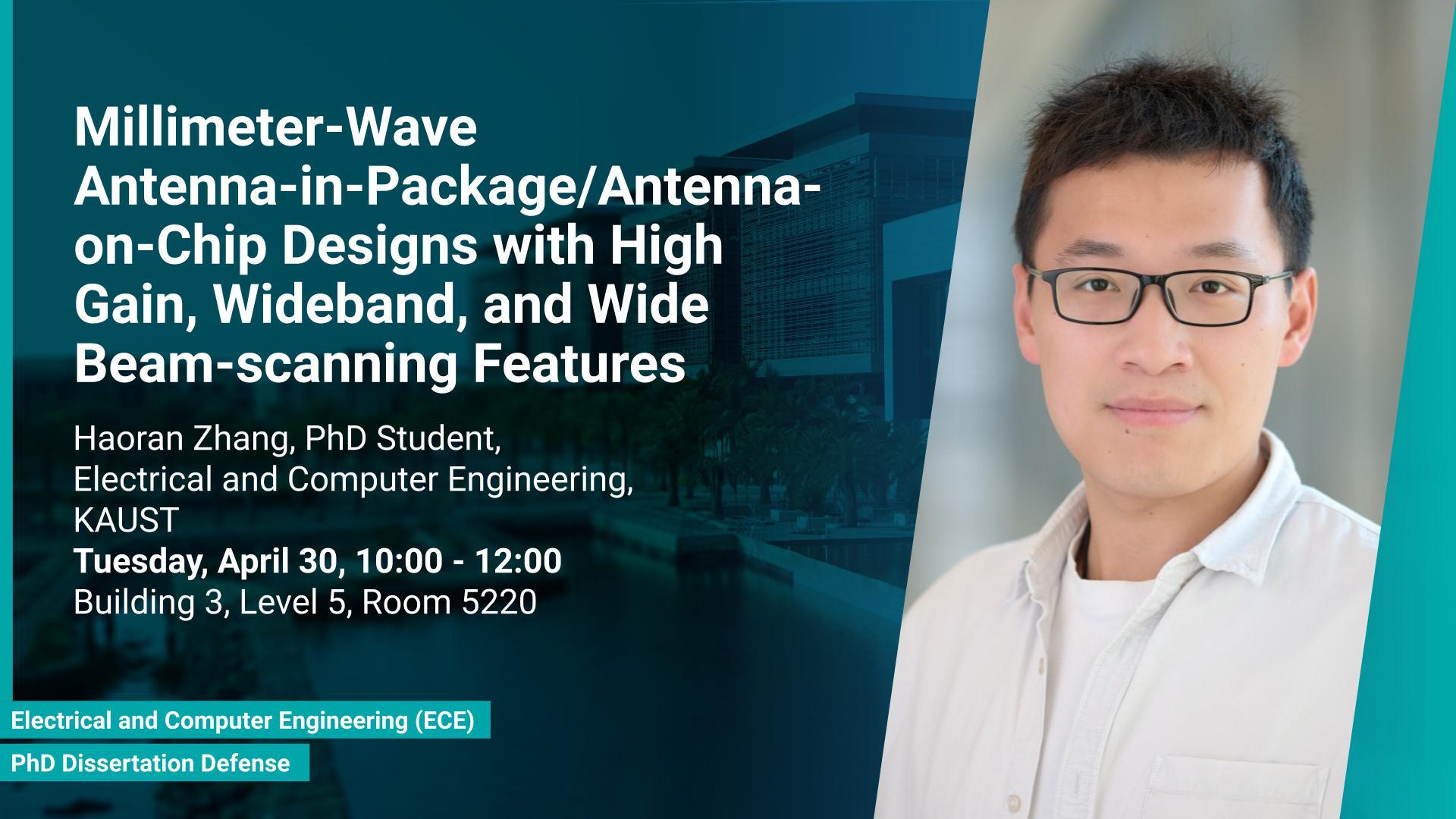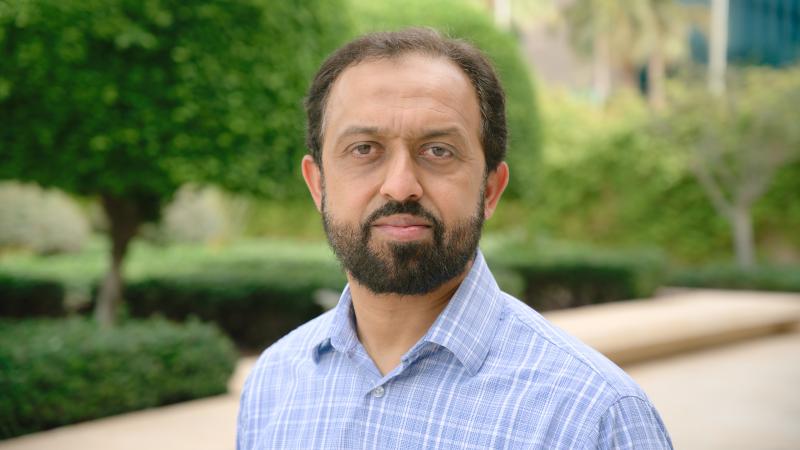Event Start
Event End
Location
Abstract
With the rapid development of wireless mobile communication technologies, there has been a growing demand for high data-rate communication in the mmWave range of 5G bands and future 6G bands due to their much larger available bandwidths. Despite their potential, these frequency ranges suffer from significant atmospheric attenuation, necessitating antennas with high gain and wide beam-scanning capabilities to ensure robust coverage. Thus, there is a need to develop compact, high gain, wideband, and wide beam-scanning mmWave antenna/array for 5G/6G applications.
The antenna-in-package (AiP) and antenna-on-chip (AoC) technologies stand out for their suitability in these high-frequency domains, offering integrated and compact solutions that enhance signal quality, data rates, and latency. AoC represents a high-level integration approach where the antenna and integrated circuits are integrated on the same semiconductor chip. AiP, on the other hand, realizes the antenna on the package itself, offering a cost-effective and space-efficient solution by eliminating the need for a separate substrate for the antenna. However, both technologies face challenges such as low gain/radiation efficiency, fabrication complexity, signal isolation, and issues with integration and compatibility.
Addressing these challenges, this dissertation presents innovative high performance mmWave AiP/AoC designs aimed at high data rate communication. In the first contribution, the challenges of AoC 's low gain/radiation efficiency are tackled through one notable design that integrates an on-chip AMC structure with a smart package featuring a superstrate layer and a Fresnel lens. This approach, realized in a standard 180 μm CMOS process, achieves a substantial gain enhancement of approximately 19 dB for the 71 GHz AoC. Furthermore, another research presents a 5×5 stacked patch rectangular phased array AiP for mmWave 5G, fabricated on a 15-layer LTCC substrate. This array leverages stacked patch topology, EBG structures, and element rotation, achieving a true wideband operation (24 - 30 GHz) and a wide beam-scanning range (+/–50 degrees). Finally, two novel silicon metalens packages for 6G applications, enhancingAoC gain at 100 GHz while maintaining angular stability during beam-scanning, are proposed. The two packages feature a singled-layer Huygens metalens and a unique metallic pattern-backed dielectric pillar metalens, supporting a 1×5 linear bowtie-fed dielectric resonator antenna with an integrated on-chip beamforming network. The functional packages not only protect the chip but also enhance the AoC's gain performance (17.2 dBi) while maintaining a decent beam-scanning range of up to 45 degrees.
In summary, this dissertation not only tackles the inherent challenges of AiP and AoC designs in high-frequency communication but also propels the field toward achieving the full potential of next-generation wireless networks. The innovative approaches and solutions presented herein underscore the importance of advancement in antenna technology to meet the ever-increasing demands for high data rate communication.
Brief Biography
Haoran Zhang is a Ph.D. student in the Electrical Engineering department at Integrated Microwaves Packaging Antennas & Circuit Technology Research Group under the supervision of Professor Atif Shamim at King Abdullah University of Science and Technology (KAUST). His current research interests include mm-wave on-chip antenna design, antenna array design for 5G/6G applications, and mm-wave radar application.


